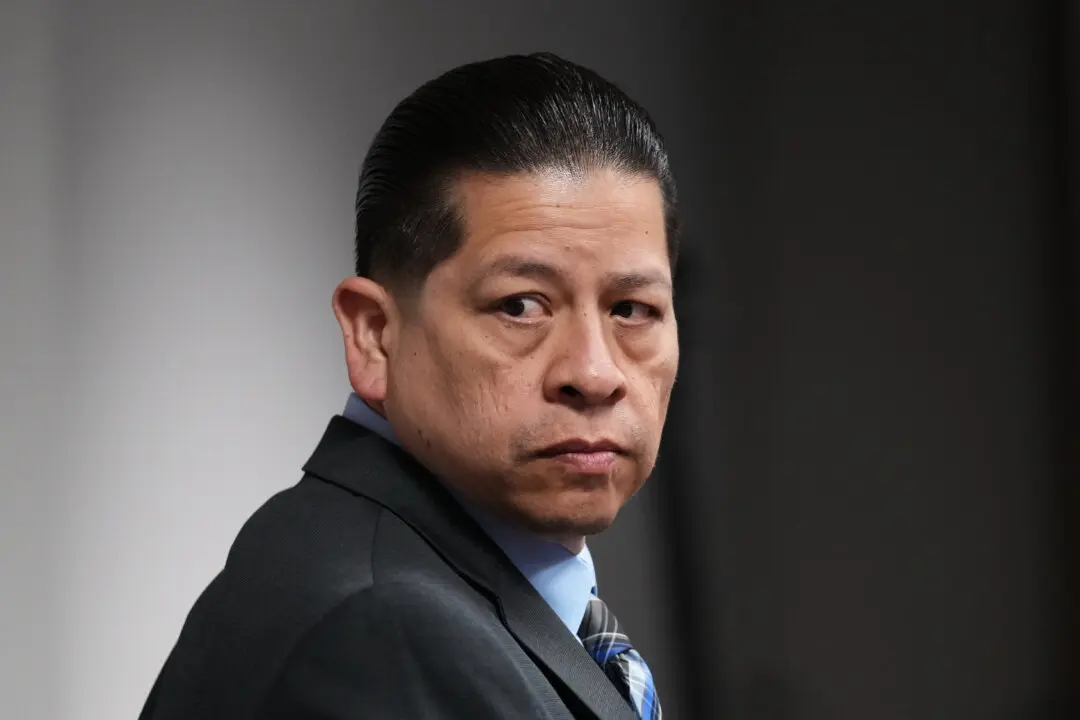NEW DELHI—New Delhi imposed a weeklong lockdown on April 19 to prevent the collapse of the Indian capital’s health system, which authorities said had been pushed to its limit amid an explosive surge in coronavirus cases.
In scenes familiar from surges elsewhere, ambulances catapulted from one hospital to another, trying to find an empty bed over the weekend, while patients lined up outside medical facilities waiting to be let in. Ambulances also idled outside of crematoriums, carrying half a dozen dead bodies each.





